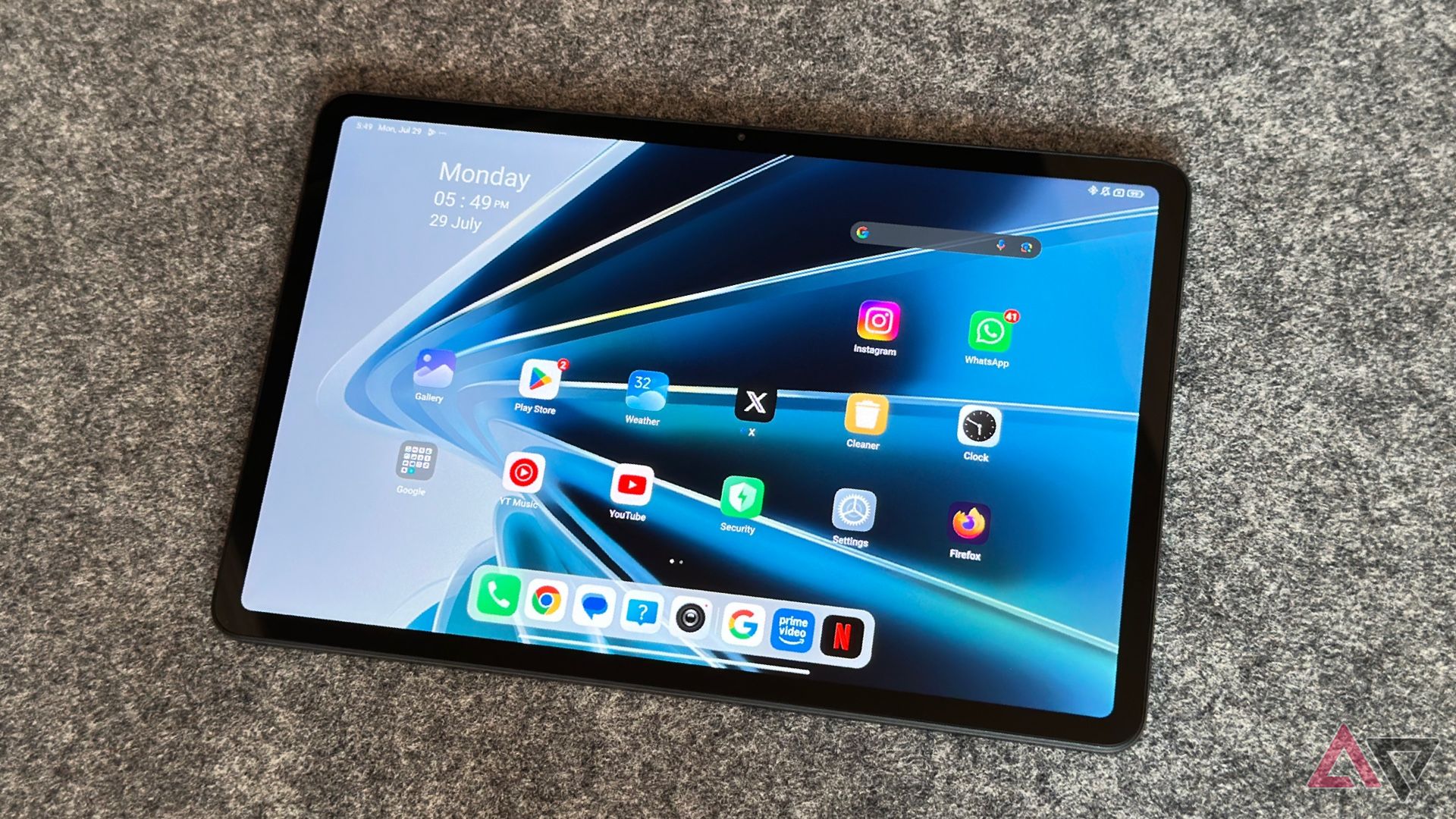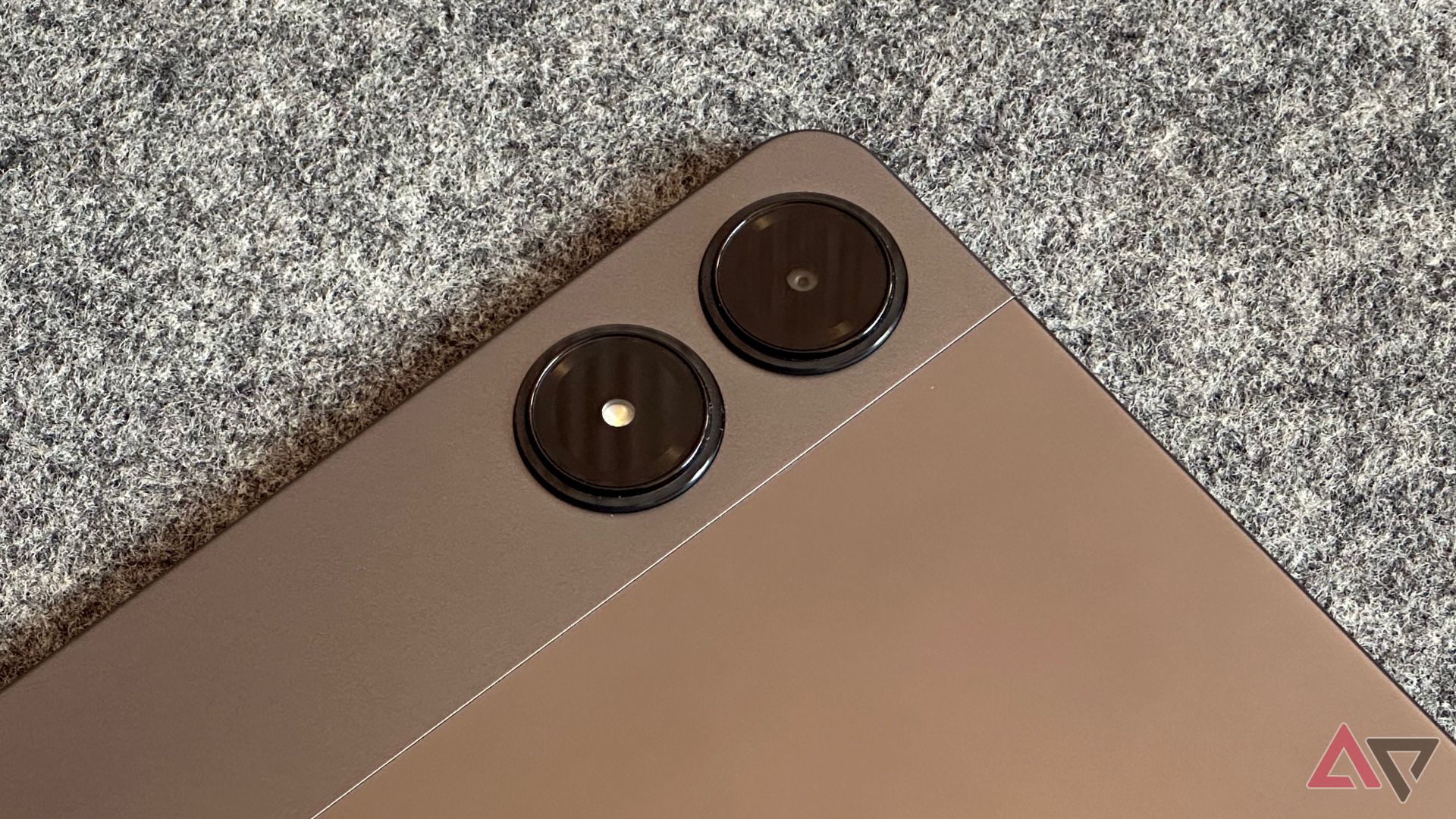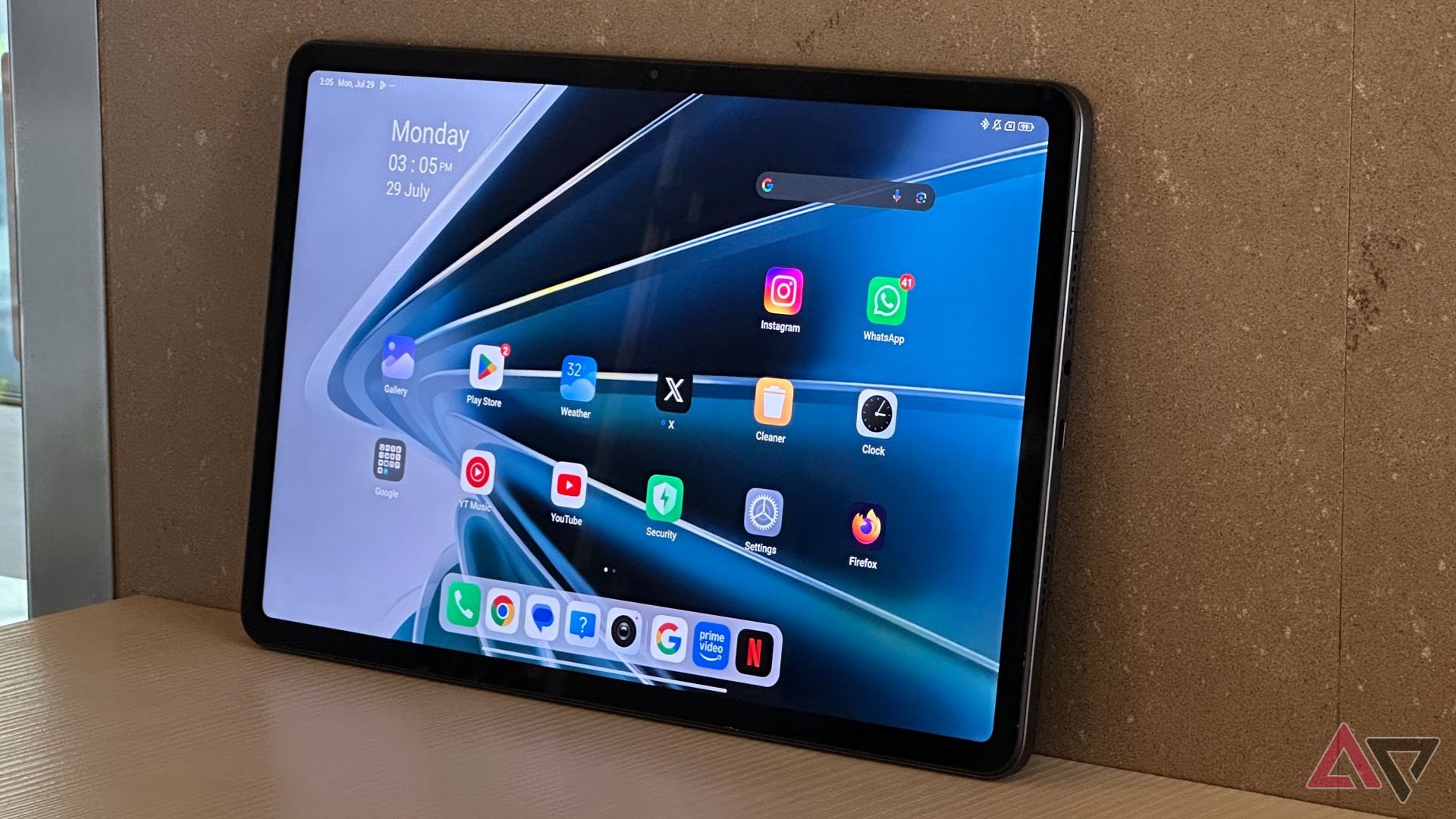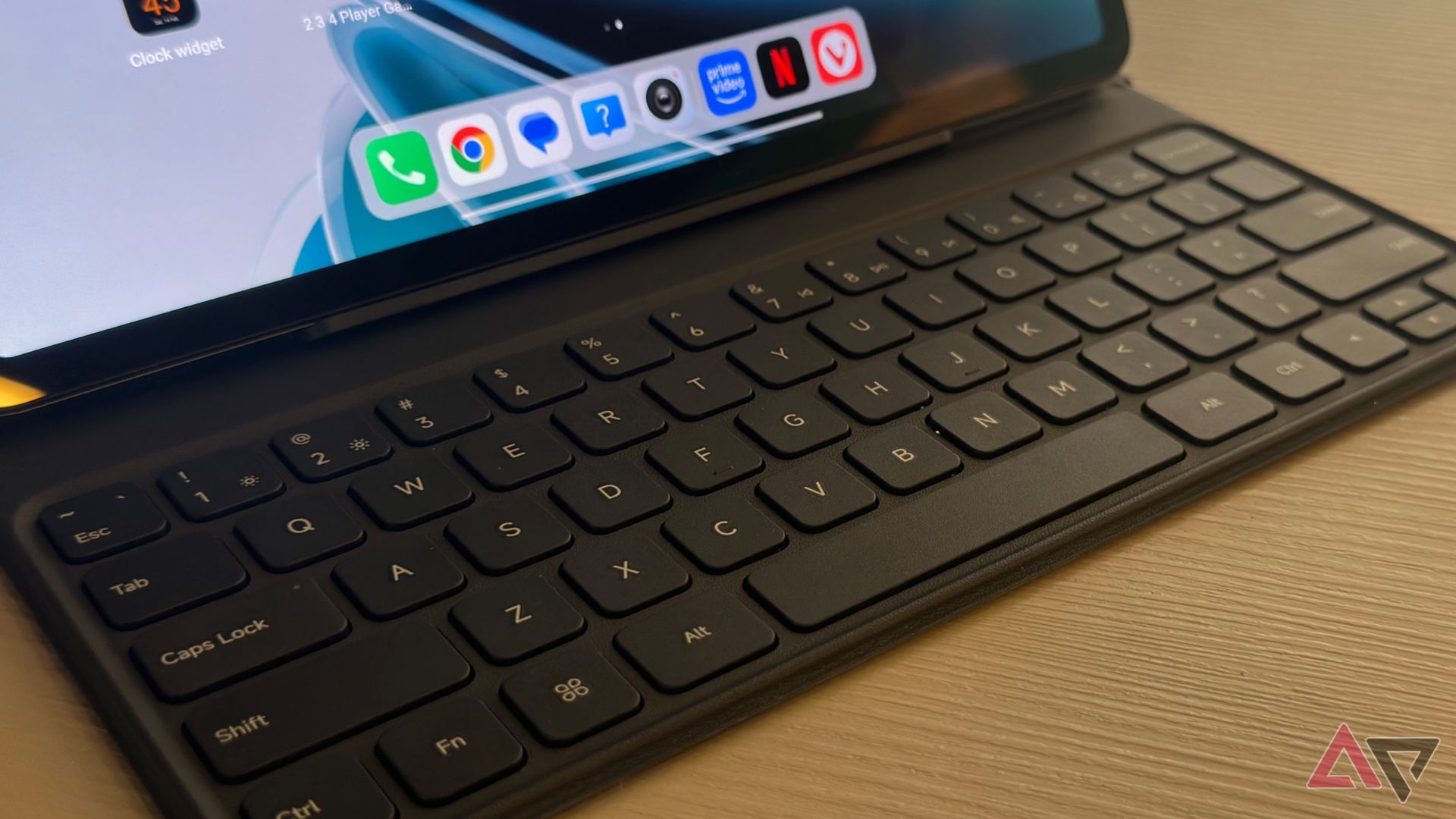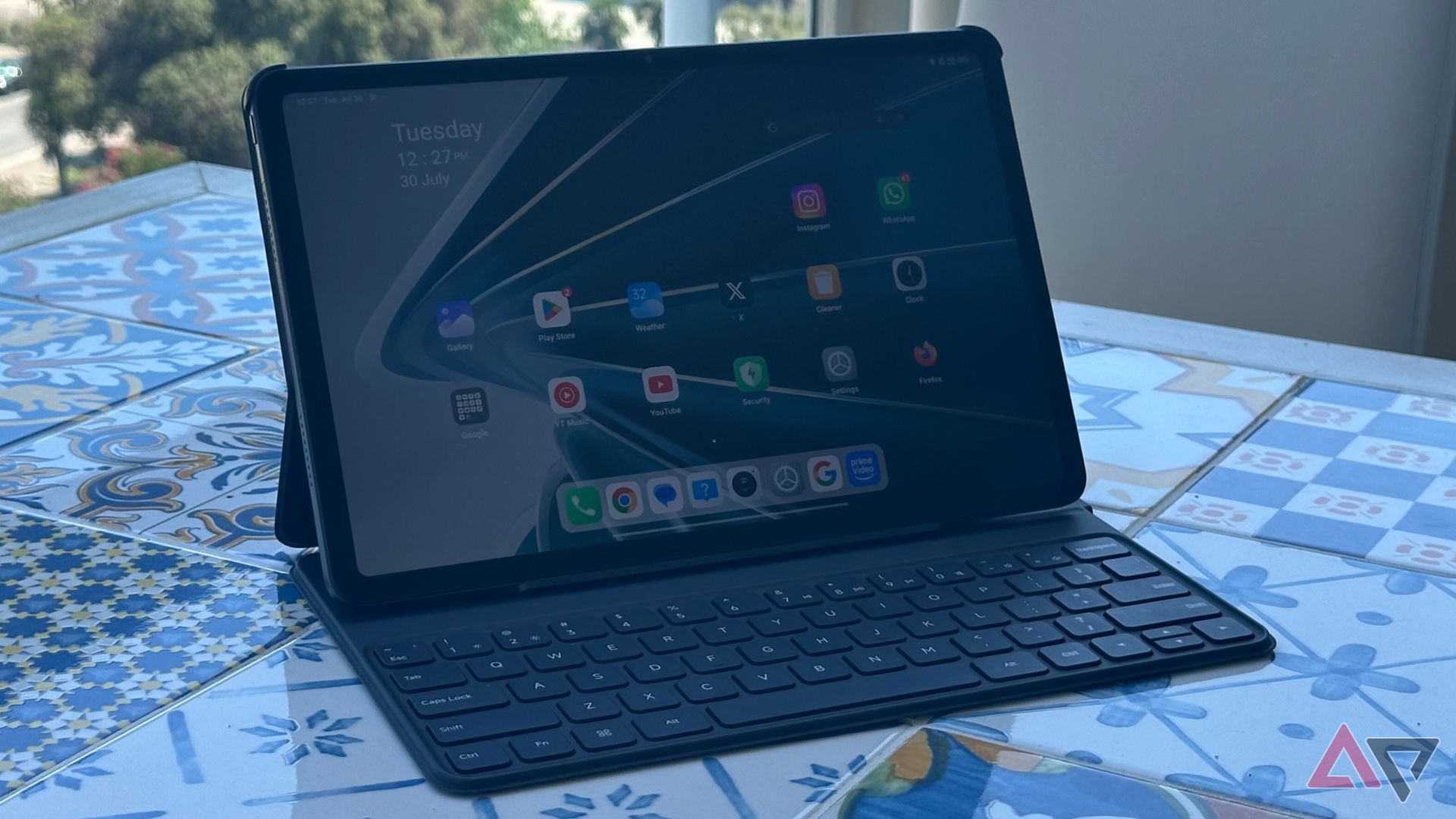While there are plenty of high-end flagship tablets from brands like Apple, Samsung, and even OnePlus, the budget tablet market is quite limited. There are only a few affordable options available from Amazon, Samsung, and TCL, among others, but none of these options offer the same combination of decent specs, software, and features as the Xiaomi Redmi Pad Pro.
After testing the Redmi Pad Pro for two weeks, I can confidently say it’s the best budget Android tablet available right now. It’s available for $280 in the US, €280 in Europe, and recently launched in India with a starting price of Rs. 21,999. Here are some reasons why the Redmi Pad Pro is now my go-to choice for the best budget tablet in 2024.
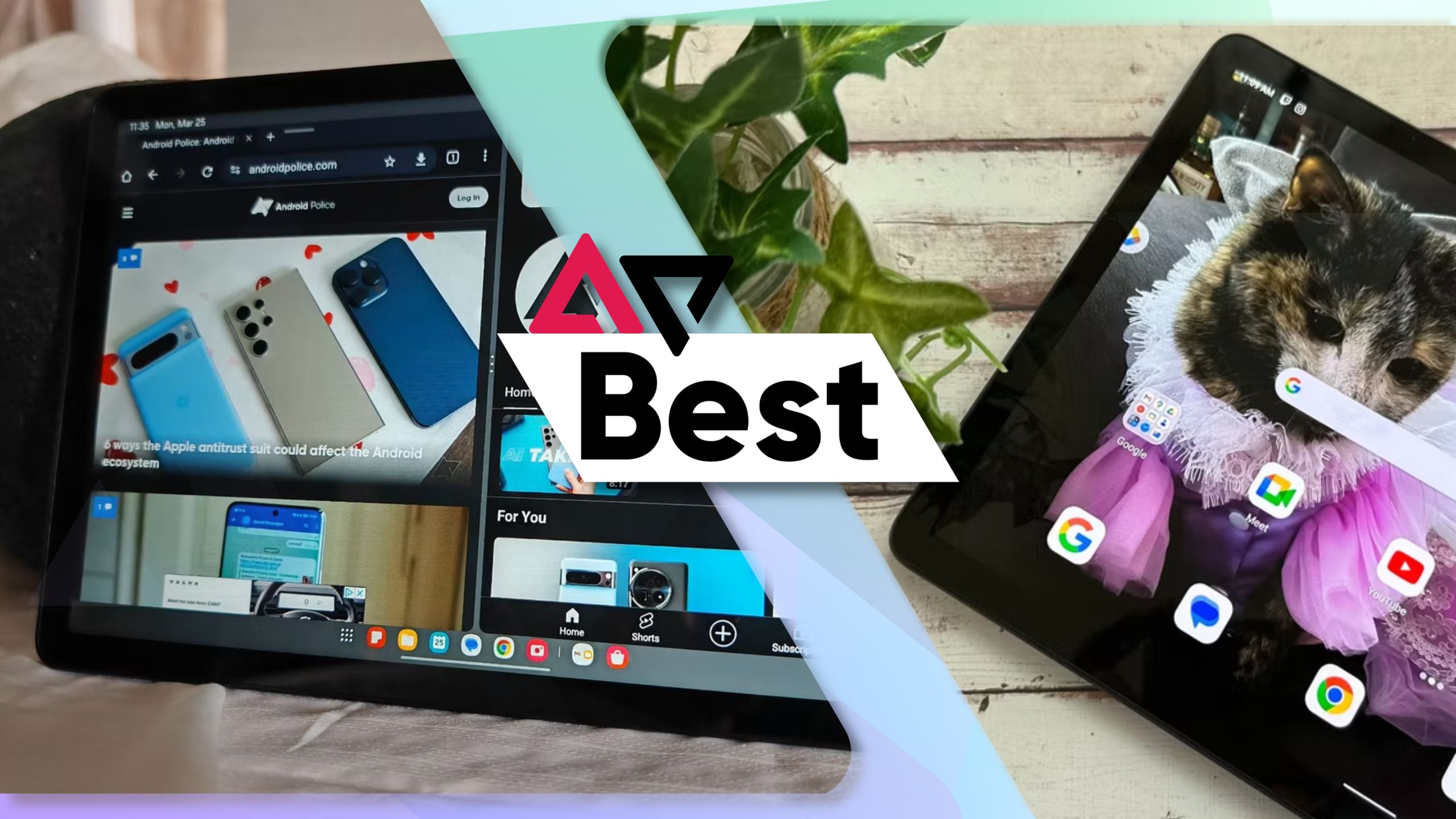
Related
Best cheap Android tablets in 2024
Affordable Android tablets are back on the menu
Taking a closer look at the budget Android tablet space
Let’s look at some specs
Putting Apple aside — whose entry-level 10th Gen iPad starts at $70 more than the tablets mentioned below and offers less storage, and with the 9th Gen iPad now looking outdated — let’s look at the best options currently available in the budget Android tablet market.
You have the Xiaomi Redmi Pad Pro, the Samsung Galaxy Tab A9+, and the OnePlus Pad Go, which, although not available in the US, retails in many global markets, including Asia and Europe. Let’s go over the specs of these tablets.
-
Xiaomi Redmi Pad Pro OnePlus Pad Go Samsung Galaxy Tab A9+ SoC Qualcomm Snapdragon 7s Gen 2 MediaTek Helio G99 Qualcomm Snapdragon 695 CPU Info 4 × 2.40 GHz Cortex-A78 + 4 × 1.95 GHz Cortex-A55 2 × 2.2 GHz Cortex-A76 + 6 × 2.0 GHz Cortex-A55 2 × 2.2 GHz Kryo 660 Gold + 6 × 1.8 GHz Kryo 660 Silver Display type IPS LCD, 120Hz LCD, 90Hz, 400 nits TFT LCD, 90Hz Display dimensions 12.1″, 16:10 11.35 inches 11″, 16:10 Display resolution 2560 × 1600 2408 x 1720, 260 PPI 1920 × 1200 RAM 6GB or 8GB LPDDR4X 8GB 4GB or 8GB Storage 128GB or 256GB UFS 2.2, microSD expansion 128/256GB, expandable up to 1TB 64GB or 128GB, microSD card to 1TB Battery 10,000mAh 8000mAh 7,040mAh Charging speed 33W wired 33W 15W wired Ports USB-C 2.0, microSD card slot, headphone jack USB Type-C USB-C, 3.5mm audio jack Operating System Android 14, HyperOS Android 13 (OxygenOS 13) Android 14 and One UI 6 Front Camera 8MP f/2.28 8MP 5MP Rear Camera 8MP f/2.0 8MP 8MP Weight 571g 532g 480g
As seen in the specs comparison above, the Redmi Pad Pro not only offers the best (and largest) display, but it also has the most powerful processor, the Snapdragon 7s Gen 2, among budget tablets. It runs on the latest HyperOS, which is based on Android 14, while the other tablets from Samsung and OnePlus run on the older Android 13. Notably, the Redmi Pad Pro also offers the largest battery capacity among all the tablets mentioned.
But, given that the Redmi Pad Pro offers the best specs for the price, does that translate into a genuinely enjoyable user experience?
How the Redmi Pad Pro feels to use
TL;DR: You can’t really ask for much more
Right off the bat, the Redmi Pad Pro doesn’t actually feel like a budget device. The aluminum construction gives the tablet a really premium feel, while the front is adorned by a 12-inch QHD+ IPS display that supports a 120Hz refresh rate. These are some of the features that you don’t usually see on budget devices, and they’re great to see here.
Xiaomi has paired this excellent display with a quad-speaker setup, which makes consuming content on this device exceptional. I’ve thoroughly enjoyed watching TV shows and movies on the Redmi Pad Pro, and while there’s little room for improvement, the overall experience has been excellent, and you can’t ask for much more considering the price you’re paying.
I’ll be honest, I’m not a tablet power user. I haven’t put the Redmi Pad Pro through graphics-heavy games or run AnTuTu tests to stress its SoC. However, I believe most buyers in this segment aren’t looking for such tasks. I’ve used this tablet for multimedia and browsing, and in that regard, it performs excellently.
There were a couple of hiccups during the initial setup — it overheated a bit and again during the first update — but since then, it’s been fast and cool. A significant part of this smoothness can be attributed to HyperOS, Xiaomi’s Android 14 skin. HyperOS being very similar to iPadOS comes in handy, especially if you are (or have been) an iPad user; things like the dock and multitasking gestures feel familiar and easy to use.
And I have no complaints about the battery life. The Redmi Pad Pro easily lasts a full day on extensive use, and during light usage, I managed to go up to three days without charging it. Speaking of, charging the tablet is also pretty convenient, thanks to the inclusion of the USB-C port that supports 33W input, but the best part is that it comes with an adapter in the box — something that not even a lot of high-end devices include.
The experience improves further when you connect the tablet to its accessories. Xiaomi provides a Smart Pen and a Keyboard accessory that are useful for note-taking and converting the device into a mini-Android laptop. The Smart Pen, although it doesn’t attach magnetically, has a convenient quick shortcut button for taking screenshots and launching the Mi Canvas app.
The keyboard is equally satisfying to use. It’s tactile, durable, charges via USB-C (although it doesn’t charge the tablet), doubles as a protective cover, and includes a Smart Pen holder. I’ve been using this combination exclusively to jot down my notes and pointers for the past week, and the overall experience has been excellent.
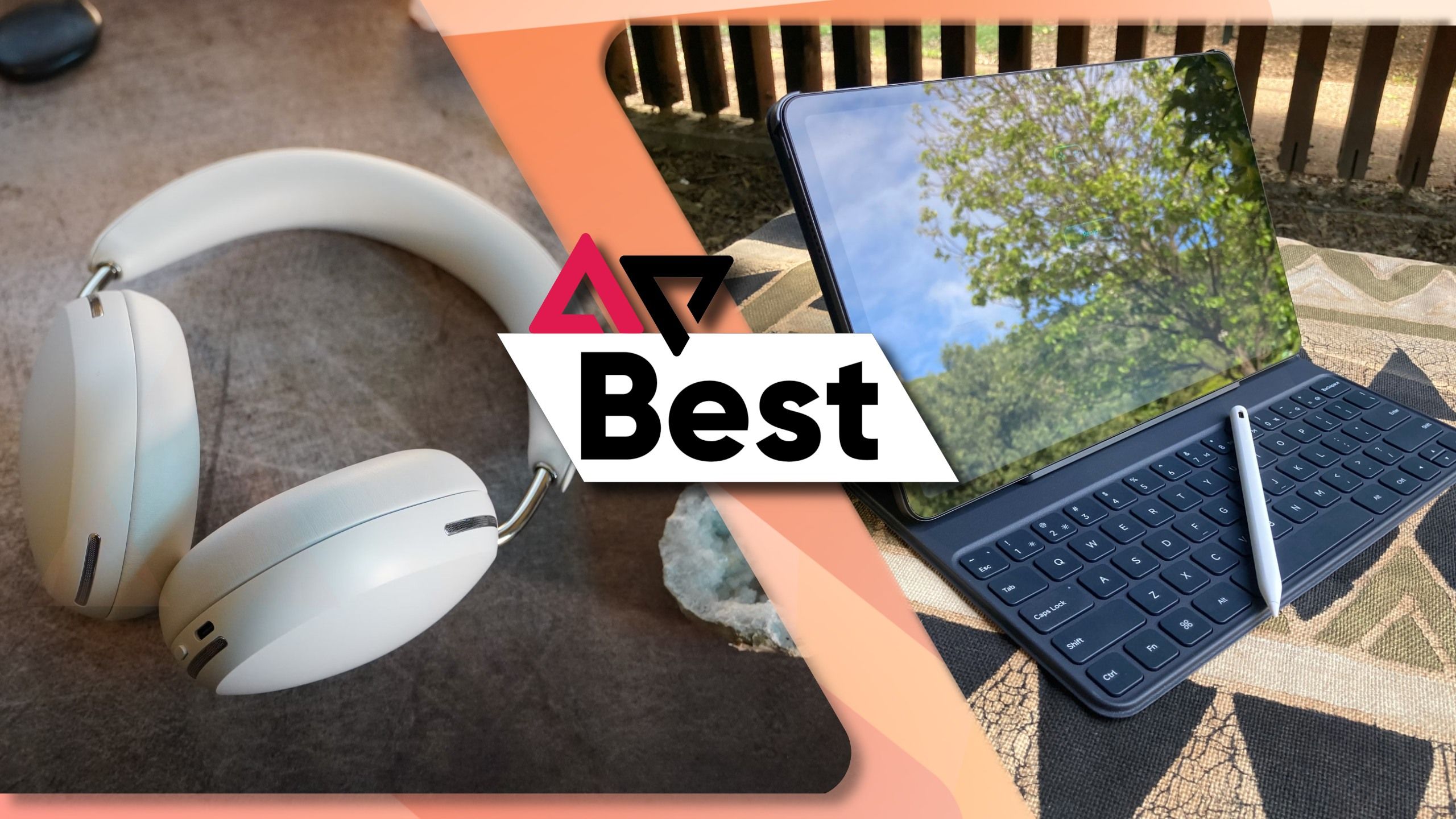
Related
8 best gadgets we reviewed in June
Smartphones and tablets and headphones, oh my
What Xiaomi could improve in the next generation
After all, no device is perfect
Well, as is the case with budget devices, companies have to make sacrifices to keep the price down. That said, there are a few things I’d like to see improved with the second-generation Redmi Pad Pro. For example, while the current display is quite big with great colors and a 120Hz refresh rate, its brightness isn’t great. This means that it’s fine indoors, but difficult to see outside.
Similarly, while the tablet has a quad-speaker setup, the sound lacks depth and sometimes cracks at full volume. I also missed the fingerprint unlock feature that Xiaomi devices usually come with; yes, it has the Face Unlock feature, but I would prefer a fingerprint sensor. Adding some on-device AI and ML tasks, like text proofreading or AI features in the photos app, would be nice, too, but might be asking too much.
Overall, if you’re looking for a budget Android tablet that won’t break the bank, the Redmi Pad Pro is a great choice. In fact, even if you have the budget for a slightly more expensive device, I’d still recommend this, so you can then invest in the keyboard and stylus accessories, as they can take the experience to a whole new level.
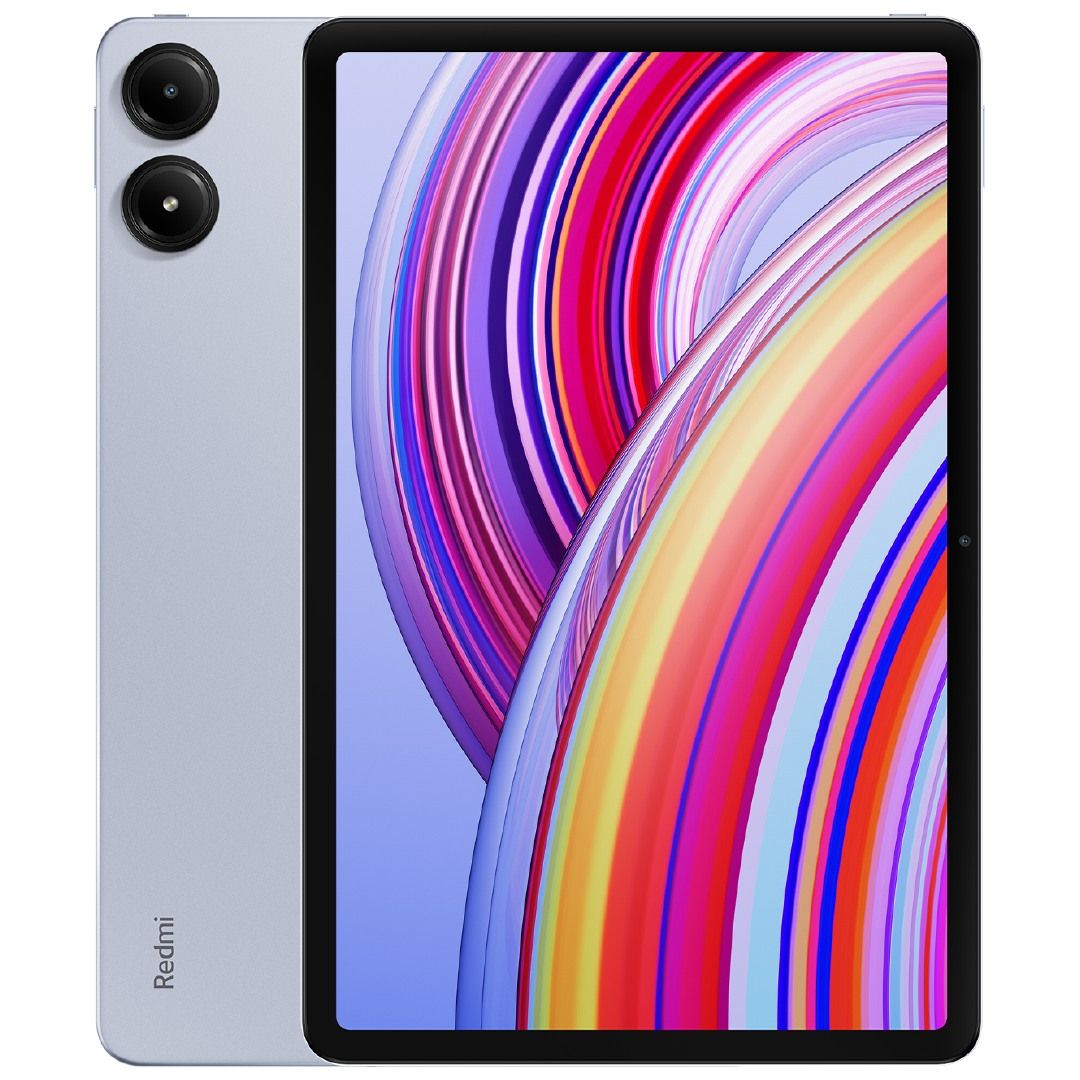
Xiaomi Redmi Pad Pro
If you’re looking for a reliable budget Android tablet with impressive specifications, such as a large display with a 120Hz refresh rate, ample amount of RAM and storage, the latest version of Android, and a big battery to last a full day all at an affordable price, the Xiaomi Redmi Pad Pro should be your top choice.
Source link

